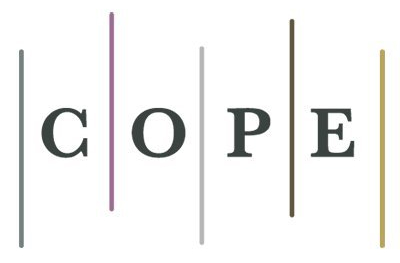Microbiological and parasitological studies of feces in a child and adolescent population with acute gastroenteritis
DOI:
https://doi.org/10.22529/me.2024.9(1)05Keywords:
acute gastroenteritis, Salmonella spp, Shigella spp, Rotavirus, parasites, diagnosis, region, Córdoba, ArgentinaAbstract
INTRODUCTION: acute gastroenteritis (AGE) constitutes a serious and occupying Public Health problem.
OBJECTIVE: it was of interest to search for bacteria (Salmonella spp. and Shigella spp.), viruses (Rotavirus and Adenovirus) and parasites in feces of children with diarrhea in a Hospital in the province of Córdoba, Argentina; to draw an etiological profile in our region.
MATERIALS AND METHOD: 137 stool samples from outpatient children and adolescents were analyzed for one year.
RESULTS: 31 of the 137 samples analyzed gave positive results (22.62%; n=137).
Of the positive cases (n=31), 61.29% (19; n=31) corresponded to isolations of the Salmonella and Shigella genera, 9.67% (3; n=31) were diagnosed with Rotavirus and 22.58 % (7; n=31) to diagnosis of intestinal parasites. Two of the positive clinical samples presented coinfection (6.45%); giardiosis and shigellosis and giardiosis and Rotavirus, respectively.
25.80% of the bacteria studied occurred in children of 3 and 4 years of age; 9.67% of parasitic infections, in children of 6 and 7 years of age and 6.45% Rotavirus, in children of 1 and 2 years of age. There were no significant differences in the distribution by sex.
DISCUSSION AND CONCLUSIONS: diarrhea surveillance based on microbiological and parasitological diagnoses provides relevant information that complements clinical and epidemiological monitoring by creating a mapping of the circulation of etiological agents in a certain region.
Published
How to Cite
Issue
Section
License
Copyright (c) 2024 Methodo Investigación Aplicada a las Ciencias Biológicas

This work is licensed under a Creative Commons Attribution-NonCommercial-ShareAlike 4.0 International License.




















